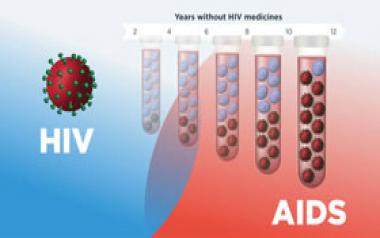The AIDS Control Programme in Assam was started as a State AIDS Cell which was established in the year 1992 in the office of the Director of Health Services, Assam under the National AIDS Control Organization (NACO) for implementing the National AIDS Control Programme (NACP) Phase I. One State AIDS Programme Officer in the rank of Jt. Director of Health Services was appointed to run the programme and other officers and staffs were also appointed as per guideline. The State AIDS Cell of Assam had followed the National AIDS Prevention Policy, Govt. of India for implementing the AIDS Control Programme in Assam. The first phase of the National AIDS Control Programme came to its end in the year 1997 and was extended up to 1998.
Meanwhile the Assam State AIDS Control Society (ASACS) was formed and registered in the month of October 1998 under the Society Registration Act 1860 of which Minister, Health & FW Deptt. Govt. of Assam is the Chairman of the Governing Body and the Senior most Secretary, Health & FW Deptt. is the Chairman of the Executive Council.
The Phase II of NACP had been started from January 1999 for a period of five years i.e. up to 2004 and the programme is extended up to 2007 March and ASACS implemented the AIDS Control Programme as per objectives and guidelines of NACP II. Then the phase III of the National AIDS Control Programme started from 2007 to 2012 and since 2012, the Phase IV of the National AIDS Control Programme is implemented in the state till 2020. From 2021 the Phase V of National AIDS Control Programme is being rolled out in the State.
